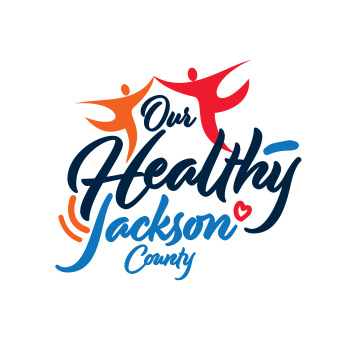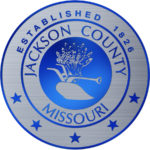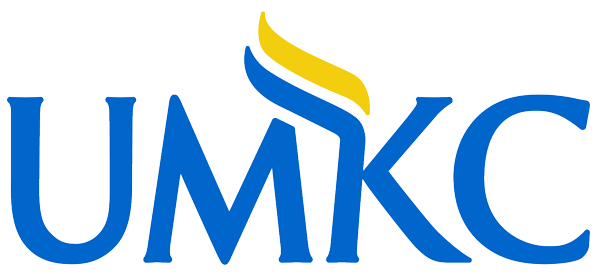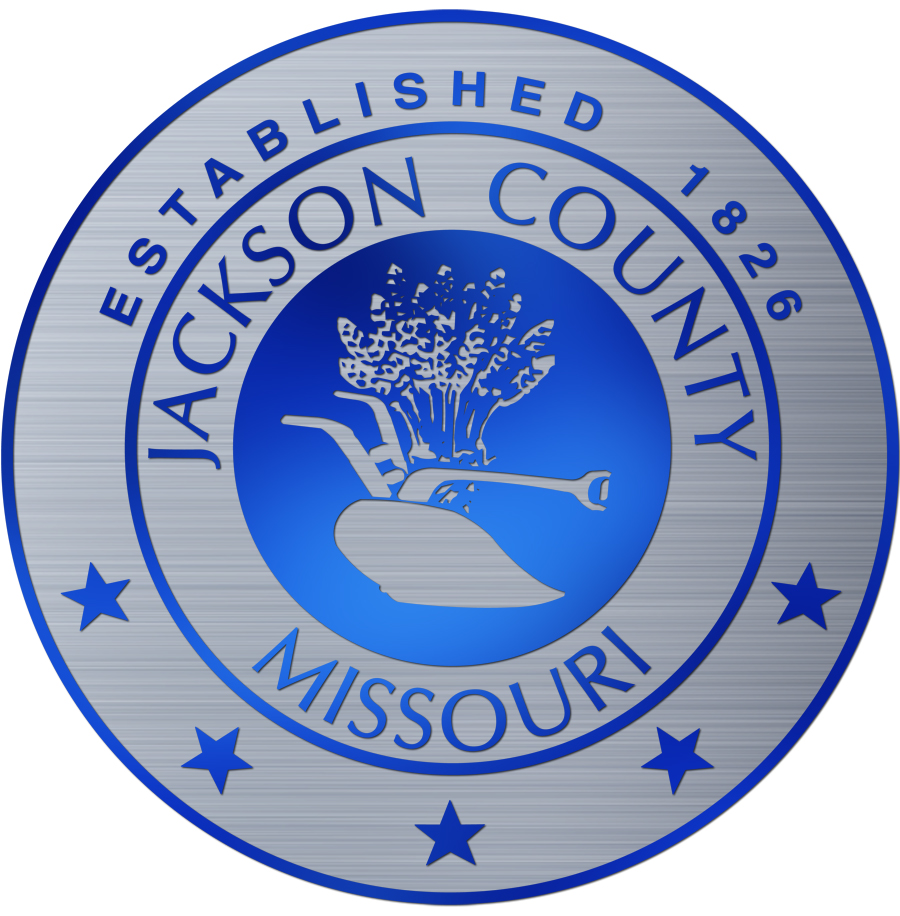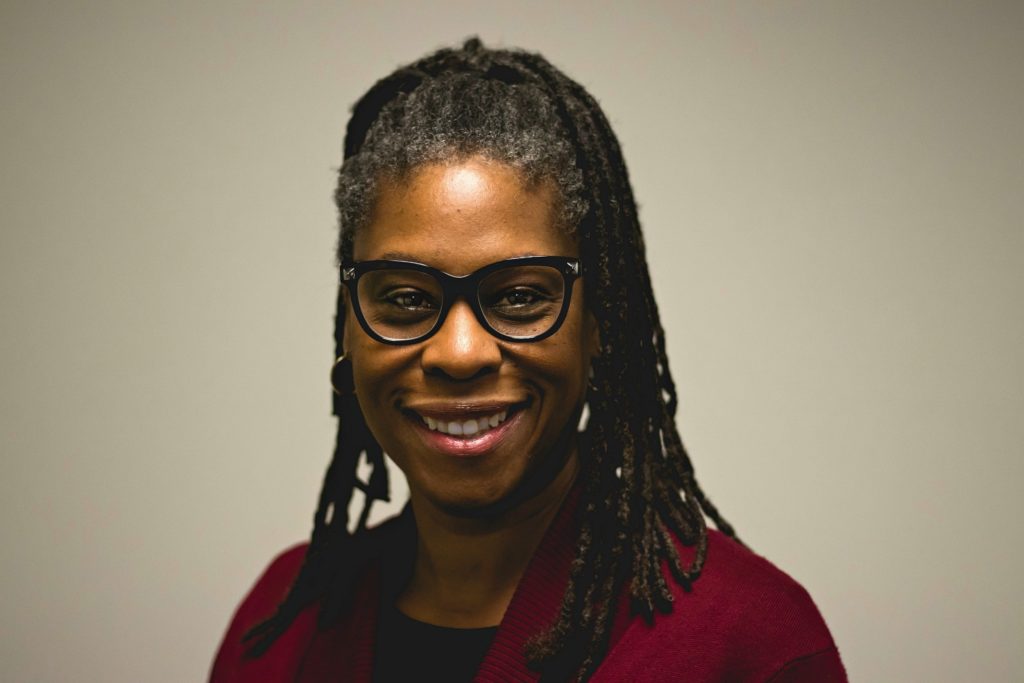UMKC’s Dina Newman plays a critical role in the COVID outreach project
“Our Healthy KC Eastside” (OHKCE) is a large-scale, community-based partnership addressing vaccine hesitance and health inequities in vulnerable portions of Jackson County, Mo. Meet the community partners who are dedicated to improving Jackson County’s residents’ lives.
Dina Newman, director of the UMKC Center for Neighborhoods, has been involved in community engagement and development for more than 25 years. She is committed to elevating neighborhood health and viability through collaboration with residents.
“At the Center for Neighborhoods, we understand the frustration of getting correct information to communities of concern,” Newman says. “We have worked with almost 200 neighborhood leaders in 80 neighborhoods who we have developed relationships with and a level of trust. Our involvement in OHKCE was a natural fit.”
Newman and her team organized one of the first vaccination events for the neighborhood sector. Based on her experience, she knew that the East 23rd Street PAC Neighborhood Association had the capacity to host a successful event.
“We thought piggybacking on an established community event in the neighborhood would be most effective, so we hosted the first event at a high school parking lot for a neighborhood cleanup.”
Newman says approximately 200 people attended, and some took advantage of the vaccination opportunity.
“The first event was a good trial,” she says. “There were some hiccups, but it was a good way to see the challenges firsthand. People came with their families. And people showed up to have a conversation. Having conservations with neighborhood residents is not unusual.”
While is it’s very important, Newman does not want the focus to be primarily on the number of people vaccinated at these events. Other health services are available as well.
“When we work in the community, we see a lot of multigenerational families in attendance. It’s a great opportunity to have a conversation with the grandmother who may have been there with two grandchildren. It gives us the opportunity – if the grandchildren are 12 years old or older – to say, ‘They can be vaccinated, too.’ Those conversations are really important.”
Newman says other discussions that took place at the event were significant, as well.
“We had people wander over to the table and say that every time they turn on the news, there’s different information. Then we have the chance to say, ‘Why don’t you sit down, and we can talk about it?’ And through talking with people in a respectful way, that is effective. Some people did get the vaccine after that.”
But Newman does not determine the measure of success based on a single event.
“People will leave these events and share information with their friends and families. So, it’s exponential the influence they have. And by the time the second event – for the follow up vaccine – happens in their neighborhood, the number of people touched by this information is going to multiply.”
And that, Newman says, is success.
